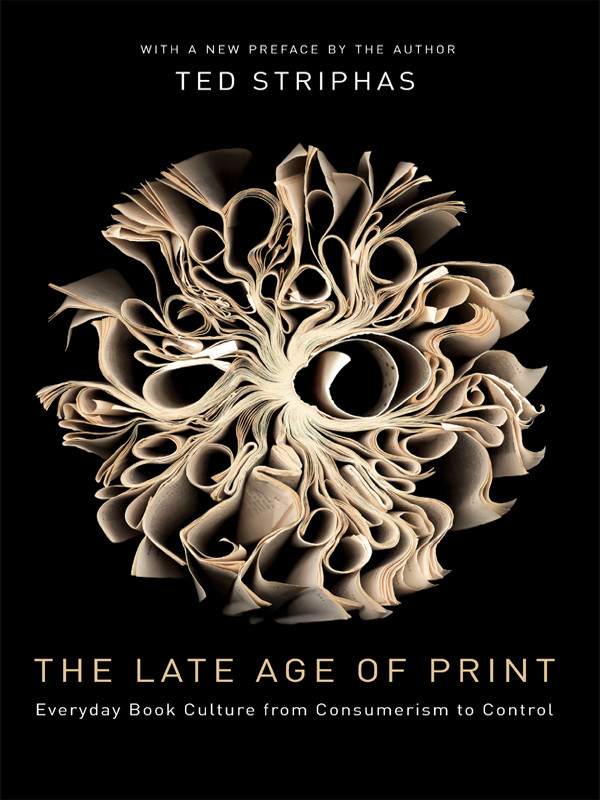ZtG Bulletin 24 Texte: Cyberfeminismus. Feministische Visionen mit Netz und ohne Boden? (2002) [German]
Filed under journal | Tags: · body, cyberfeminism, feminism, gender, internet, technology, women
Issue of ZtG Bulletin dedicated to cyberfeminism. Published by Center for Transdisciplinary Gender Studies at Humboldt-Universität in Berlin.
Erschienen im Februar 2002
Publisher: Zentrum für transdisziplinäre Geschlechterstudien an der Humboldt Universität zu Berlin
Verantwortlich: Dr. Gabi Jähnert, Geschäftsführerin
authors
PDF (PDF articles)
Download other issues
Andrew Benjamin: Writing Art and Architecture (2010)
Filed under book | Tags: · aesthetics, architecture, art, art criticism, design, painting, sculpture

“In his new book, the philosopher Andrew Benjamin turns his attention to architecture, design, sculpture, painting and writing. Drawing predominantly on a European tradition of modern philosophical criticism running from the German Romantics through Walter Benjamin and beyond, he offers a sequence of meditations on a diverse ensemble of works and themes: on the library and the house, on architectural theory, on Rachel Whiteread, Peter Eisenman, Anselm Kiefer, Peter Nielson, David Hawley, Terri Bird, Elizabeth Presa and others.
In Benjamin’s hands, criticism is bound up with judgment. Objects of criticism always become more than mere documents. These essays dissolve the prejudices that have determined our relation to aesthetic objects and to thought, releasing in their very care and attentiveness to the ‘objects themselves’ the unexpected potentialities such objects harbour. In his sensitivity to what he calls ‘the particularity of material events’, Benjamin’s writing comes to exemplify new possibilities for the contemporary practice of criticism itself.”
Publisher: Re.press, Melbourne, 1 October 2010
Transmission series
ISBN: 9780980668360 (pbk. with colour images)
ISBN-ebook: 9780980668377
Creative Commons BY-NC-SA 3.0 license
170 pages
Ted Striphas: The Late Age of Print: Everyday Book Culture from Consumerism to Control (2009)
Filed under book | Tags: · book, electronic literature, filesharing, literature, publishing

“Ted Striphas argues that, although the production and propagation of books have undoubtedly have entered a new phase, printed works are still very much a part of our everyday lives. With examples from trade journals, news media, films, advertisements, and a host of other commercial and scholarly materials, Striphas tells a story of modern publishing that proves, even in a rapidly digitizing world, books are anything but dead.
From the rise of retail superstores to Oprah’s phenomenal reach, Striphas tracks the methods through which the book industry has adapted (or has failed to adapt) to rapid changes in twentieth-century print culture. Barnes & Noble, Borders, and Amazon.com have established new routes of traffic in and around books, and pop sensations like Harry Potter and the Oprah Book Club have inspired the kind of brand loyalty that could only make advertisers swoon. At the same time, advances in digital technology have presented the book industry with extraordinary threats and unique opportunities.
Striphas’s provocative analysis offers a counternarrative to those who either triumphantly declare the end of printed books or deeply mourn their passing. He isolates the invisible processes through which books have come to mediate our social interactions and influence our habits of consumption, integrating themselves into our routines and intellects like never before.”
Publisher Columbia University Press, 2009
Creative Commons Attribution-Noncommercial-Share Alike 3.0 License
ISBN 0231148143, 9780231148146
242 pages
Interview with author: Henry Jenkins (2012, Part 2).
Reviews: Steven Poole (The Guardian, 2009), Vicky Gilpin (Southwest Journal of Cultures, 2009), Casey Brienza (Publishing Research Quarterly, 2009), Sarah Lowengard (Technology and Culture, 2010), Jeffrey St. John (Quarterly Journal of Speech, 2010), David Haeselin (Electronic Book Review, 2010), Laura J. Miller (Journal of Consumer Culture, 2010), Sean Johnson Andrews (Reviews in Cultural Theory, 2011).
Book website
Wikipedia
Publisher
WorldCat
PDF (11 MB, updated on 2020-5-19)
EPUB (18 MB, added on 2020-5-19)

